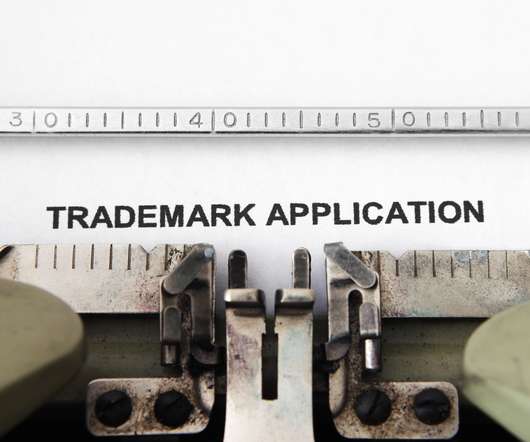Key Points from the USPTO’s New Guidance on AI Use
IP Intelligence
JULY 19, 2024
The USPTO begins with a review of the duties of candor and good faith, confidentiality, and export regulations. Patent claims, for example, require that all claims have a significant contribution by a human inventor. USPTO Filings, Signatures and Accounts: All submissions must bear a personal signature from the practitioners.

















Let's personalize your content